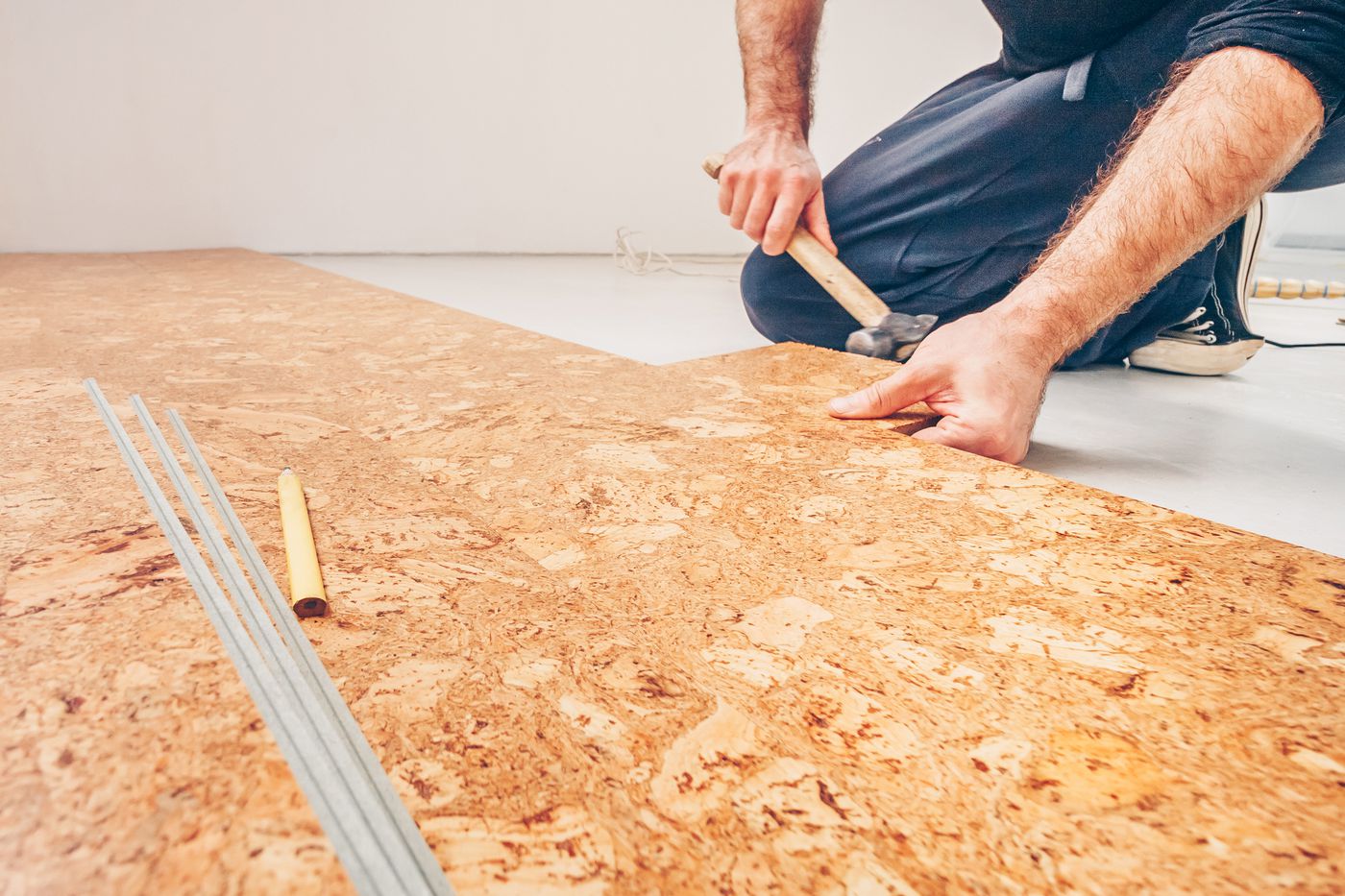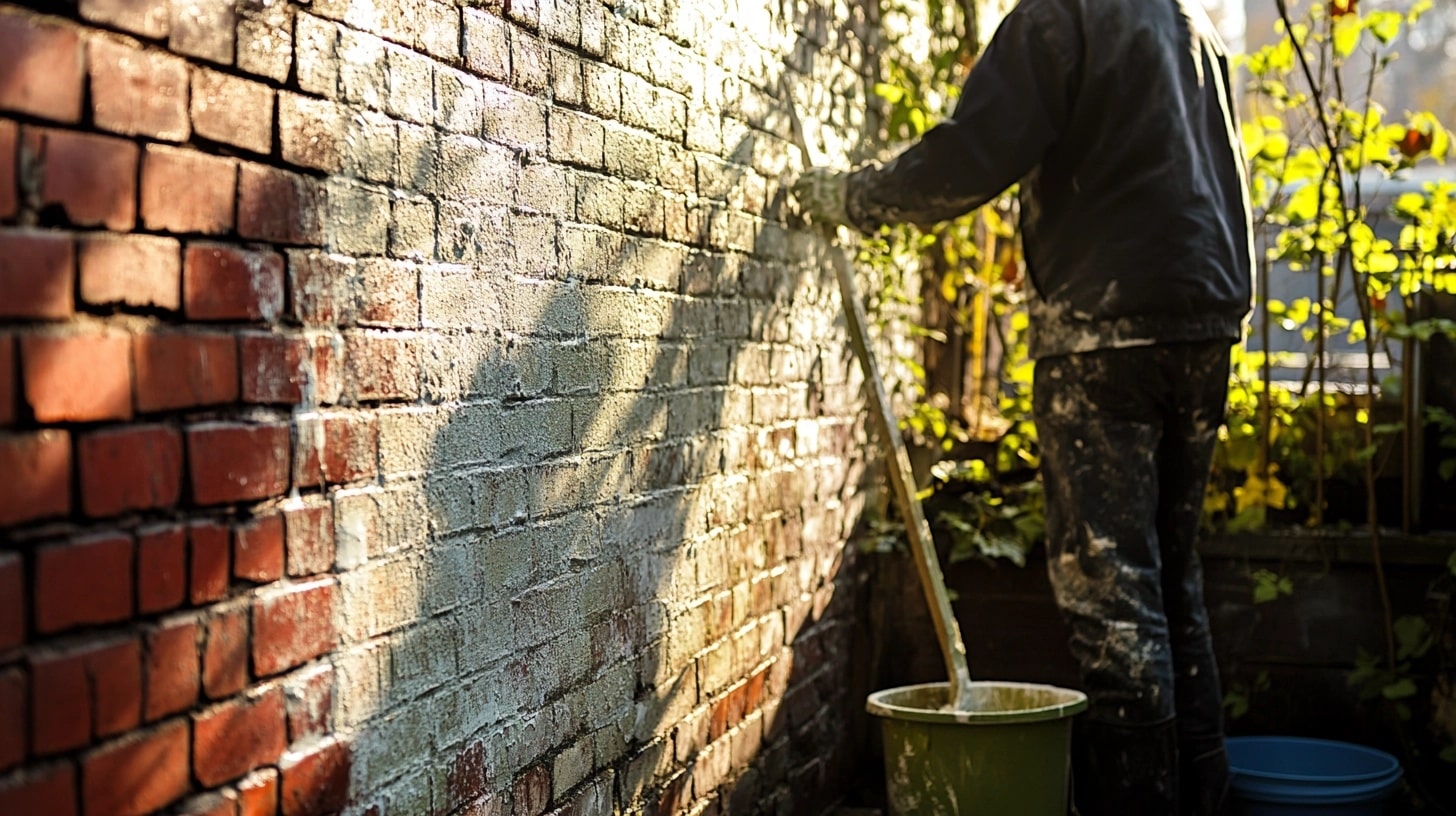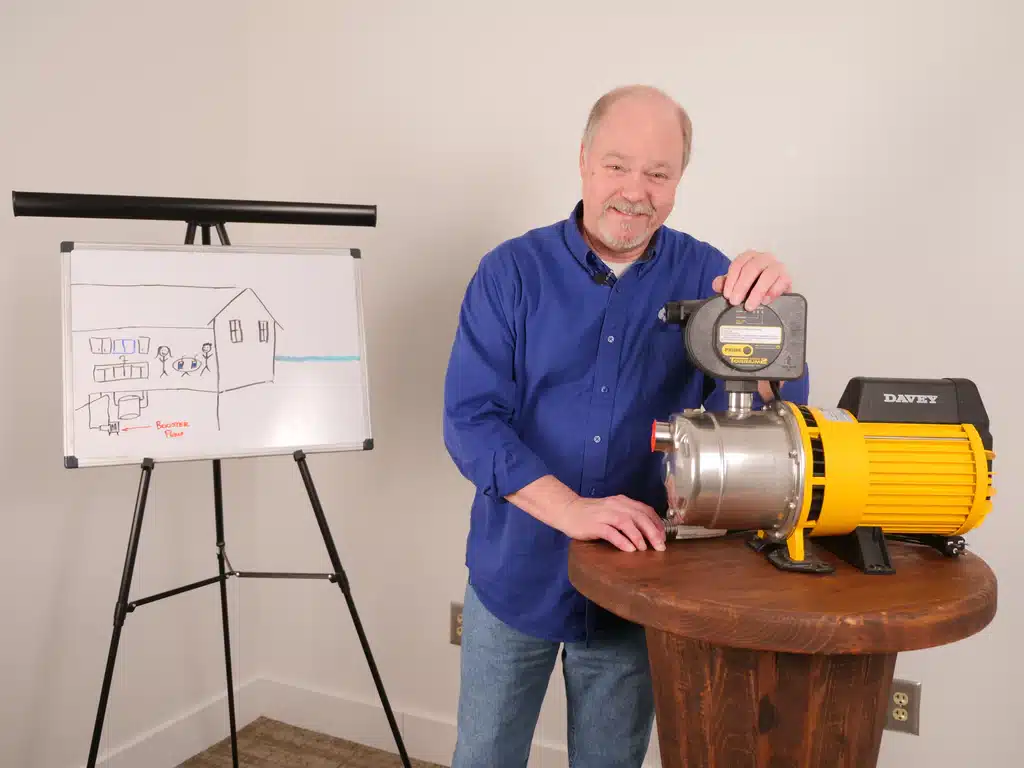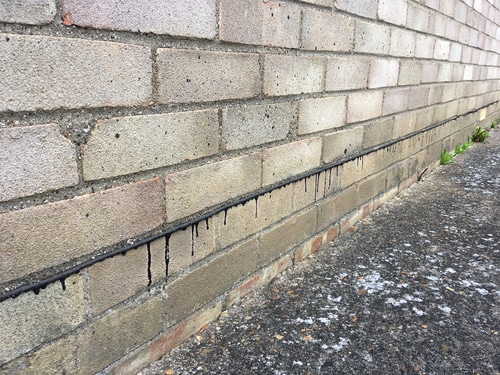Budget-Friendly Tips for Buying Hardwood Floors
Hardwood floors are a timeless and elegant choice for any home, adding beauty, value, and durability. However, the cost of installing hardwood can be a major deterrent for many homeowners on a tight budget.
The good news is that with some savvy shopping and creative thinking, it is possible to get beautiful hardwood floors without breaking the bank.
In this article, we’ll explore a range of budget-friendly tips and strategies to help you find and install high-quality hardwood floors for your home. From researching suppliers and species to considering used or reclaimed options, we’ll cover the key considerations to keep your project costs down.
Whether you’re renovating an existing space or building a new home, these tips will help you achieve the hardwood look you desire at a price that fits your budget.
Evaluate Your Flooring Needs
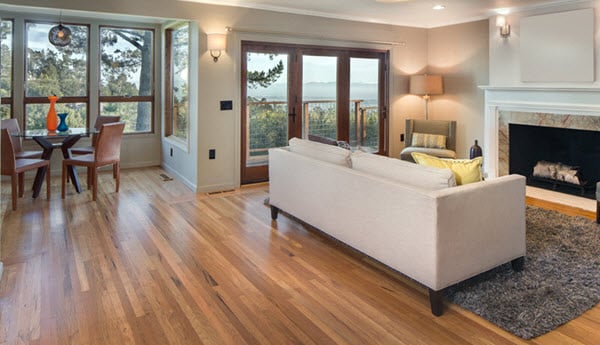 The first step in finding budget-friendly hardwood floors is to carefully assess your flooring needs and preferences. This will help you determine the right type, species, and quantity of wood that fits your space and your budget.
The first step in finding budget-friendly hardwood floors is to carefully assess your flooring needs and preferences. This will help you determine the right type, species, and quantity of wood that fits your space and your budget.
Consider the size of the area you need to cover and measure the dimensions precisely. This allows you to calculate the total square footage and avoid ordering too much or too little material. Also, think about the look and feel you want to achieve — do you prefer a light, medium or dark stain?
Do you need a particular species for its durability or aesthetic? Answering these questions upfront will make it easier to find the right hardwood flooring option.
It’s also important to factor in your lifestyle and traffic patterns. High-traffic areas like entryways, living rooms and hallways may require a more durable hardwood species that can withstand heavy use. Bedrooms and other lower-traffic spaces may be suitable for softer, more affordable options. Taking the time to map out your needs will pay off when it’s time to start shopping.
Research Suppliers and Compare Prices
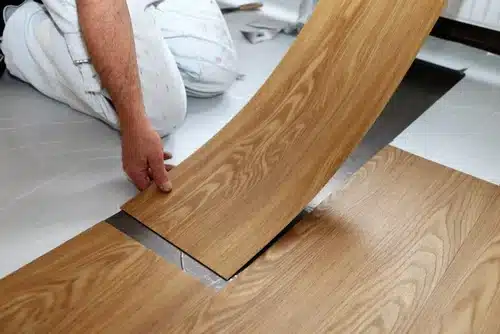 Once you know what you’re looking for, it’s time to start researching suppliers and comparing prices. Hardwood flooring can vary widely in cost depending on the species, grade, and where you purchase it. Taking the time to explore all your options can lead to significant savings.
Once you know what you’re looking for, it’s time to start researching suppliers and comparing prices. Hardwood flooring can vary widely in cost depending on the species, grade, and where you purchase it. Taking the time to explore all your options can lead to significant savings.
Start by checking with local lumberyards, home improvement stores, and specialty flooring retailers in your area. Get quotes for the specific materials you’re interested in and compare not just the cost per square foot, but also any additional fees for delivery, installation, or other services. Don’t be afraid to negotiate or ask about any sales, promotions or bulk discounts that could lower the overall price.
Another option is to check with local wholesalers or lumber mills that sell directly to the public. These suppliers may offer lower prices than big box stores, especially if you’re able to pick up the materials yourself. You can find these businesses by searching online or asking for recommendations from friends, contractors or flooring installers in your area.
Explore Alternate Hardwood Options
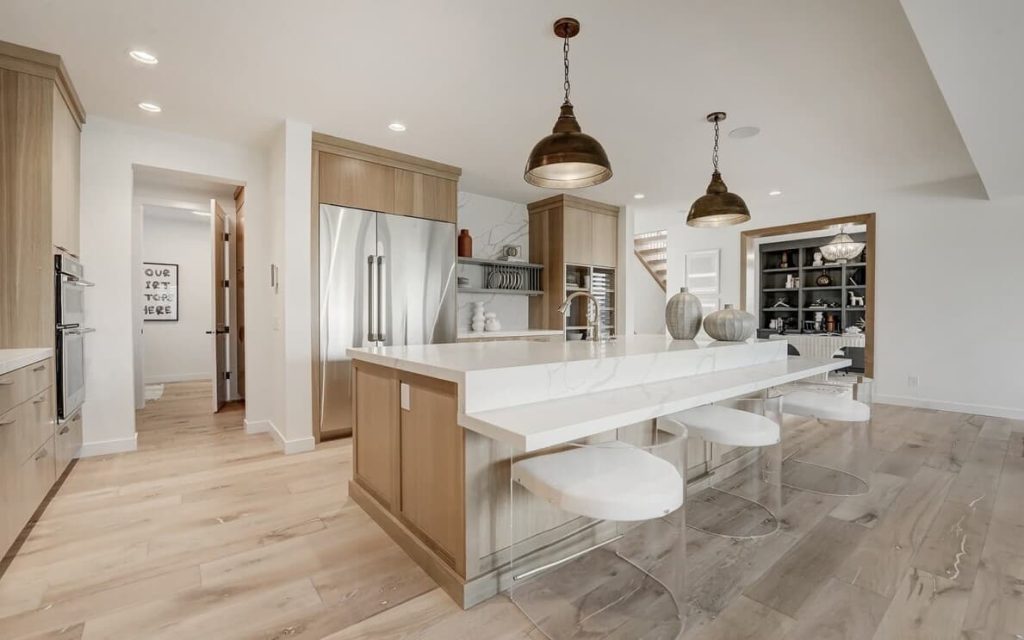 While solid hardwood floors are a classic choice, they aren’t the only budget-friendly option when it comes to achieving a beautiful wood look. Consider exploring some alternate materials that can provide the same aesthetic at a lower cost:
While solid hardwood floors are a classic choice, they aren’t the only budget-friendly option when it comes to achieving a beautiful wood look. Consider exploring some alternate materials that can provide the same aesthetic at a lower cost:
Engineered Hardwood
Engineered hardwood flooring features a thin veneer of real hardwood laminated over a plywood or composite core. This construction makes it more stable and less prone to warping or shrinking than solid wood, and it’s generally more affordable.
Engineered hardwood can be refinished multiple times, just like solid wood, and comes in a wide range of species and styles.
Laminate Flooring
Laminate flooring is a synthetic material that mimics the look of hardwood through advanced printing and embossing techniques.
It’s extremely durable, easy to install, and can cost 50-75% less than solid hardwood. While it can’t be refinished, many modern laminate floors have realistic wood-like textures and appearances.
Bamboo Flooring
Bamboo is a fast-growing grass that has become a popular eco-friendly alternative to traditional hardwoods. It’s highly durable, available in a variety of colours and styles, and is mostly more budget-friendly than solid wood floors. The cost can vary depending on the manufacturing process and quality, but bamboo is a great option for those seeking a wood-like aesthetic on a tighter budget.
Cork Flooring
Cork is another sustainable flooring material that can provide the look and feel of hardwood at a lower price point. It’s naturally moisture-resistant, comfortable underfoot, and easy to install as floating or click-lock planks. Cork flooring comes in a range of wood-inspired patterns and textures to complement any design style.
When exploring these alternatives, be sure to research the pros and cons, quality levels, and long-term maintenance requirements to ensure you’re making the best choice for your home and budget.
Saving on Hardwood Floors: DIY and Timing Tips
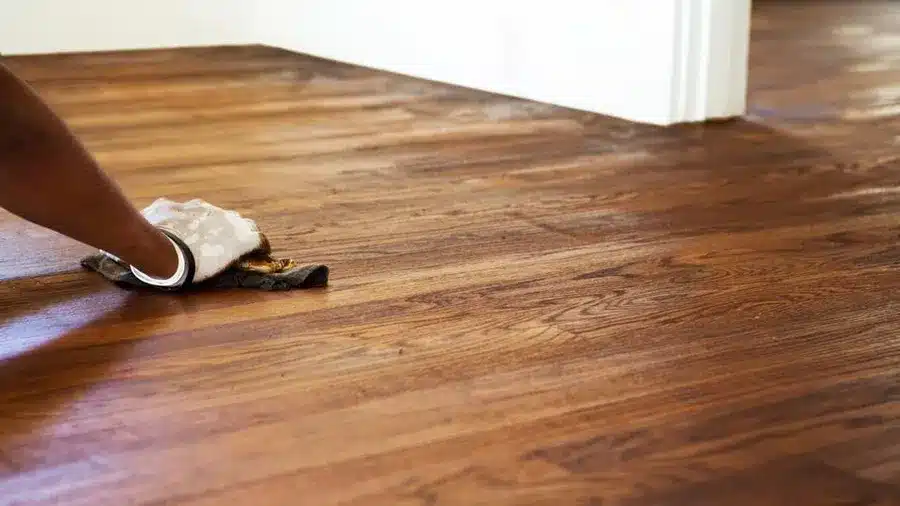
Consider Reclaimed or Used Hardwood
For the ultimate in budget-friendly hardwood floors, you may want to consider sourcing reclaimed or used materials. Reclaimed wood often comes from demolished buildings, old barns, factories, or other structures, and has a distinctive weathered appearance that can’t be replicated in new lumber.
This type of hardwood is highly sought-after for its sustainable and vintage qualities, but savvy shoppers can still find it at a lower cost than brand-new flooring.
Explore DIY Installation
One of the biggest expenses when installing hardwood floors is the labour cost for professional installation. If you’re handy and comfortable with DIY projects, consider tackling the installation yourself to save a significant amount of money.
Hardwood flooring, especially click-lock or floating styles, can be relatively straightforward to install with the right tools and some basic skills. Many manufacturers provide detailed installation guides and tutorials to walk you through the process step-by-step.
You’ll need to invest in some specialty tools like a knee kicker, jamb saw, and floor nailer, but the rental or purchase costs are often far less than hiring a professional installer.
Keep in mind that DIY installation may not be the best option for complex floor plans, detailed patterns, or very large spaces.
In those cases, it may still be more cost-effective to hire a professional hardwood flooring contractor, even with the added labour costs. But for many homeowners, a little elbow grease can translate to major savings on the overall project.
Time Your Purchases Strategically
Like many home improvement products, the cost of hardwood flooring can vary significantly based on the time of year and other market factors.
By timing your purchases strategically, you may be able to take advantage of seasonal discounts, holiday sales, or other opportunities to score better deals.
In general, the peak season for hardwood floor installations is during the spring and summer months, when homeowners are more likely to tackle renovation projects. Prices tend to be higher during this timeframe as demand increases.
However, as the weather cools in the fall and winter, retailers and suppliers often offer discounts and promotions to move excess inventory.
Pay close attention to major home improvement sales events, like Black Friday, Memorial Day, or Labour Day weekends. Many retailers use these as opportunities to clear out older stock or offer bundle deals on flooring and installation services.
You can also watch for coupon codes, bulk discounts, or special financing offers that can help reduce your overall costs.
Leverage Manufacturer Rebates and Incentives
Hardwood flooring manufacturers are often eager to incentivize sales and promote certain products or species. Taking advantage of available rebates, promotions, and other offers can further stretch your budget when buying hardwood floors.
Many companies will provide cash-back rebates or gift cards when you purchase a minimum amount of their flooring. These can range from $100 to $500 or more, depending on the brand and promotion. Be sure to review the fine print and submit any required forms or documentation promptly to qualify.
Manufacturers may also offer special financing options, such as 0% APR for 12–24 months, to make large flooring purchases more manageable. This can be particularly helpful if you don’t have the full amount upfront but want to avoid interest charges.
Some brands even provide installation incentives, discounting the labour costs or offering free installation with the purchase of their products. These deals can be an excellent way to save on the total project expenses.
Conclusion
Achieving the look and feel of beautiful hardwood floors doesn’t have to come with a hefty price tag. By following these budget-friendly tips and strategies, you can find high-quality options that fit your aesthetic preferences and your financial constraints.
From evaluating your specific needs and researching suppliers, to exploring alternative materials and timing your purchases strategically, there are many ways to save on hardwood flooring. Don’t be afraid to get creative, ask questions, and put in a little extra effort to find the best deals.

